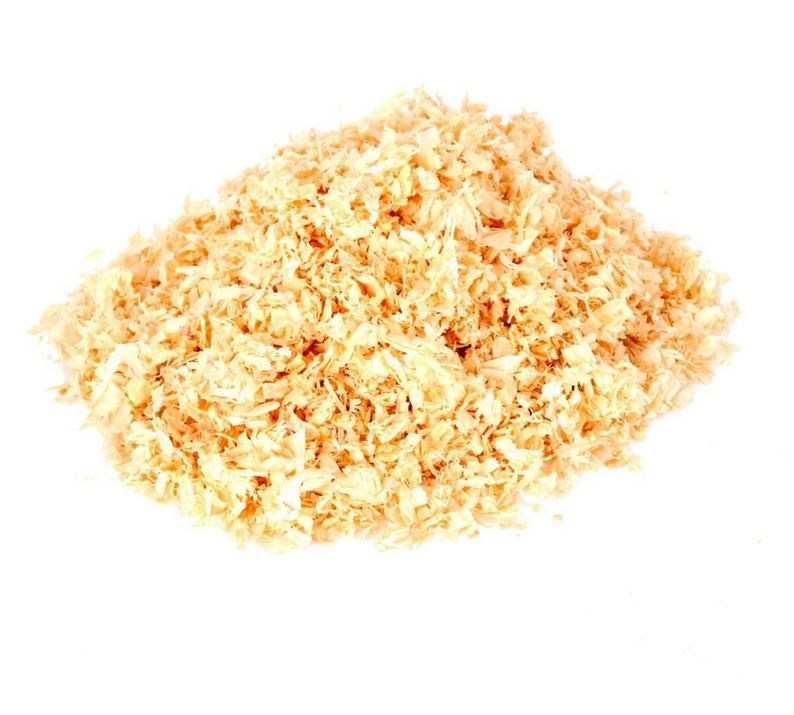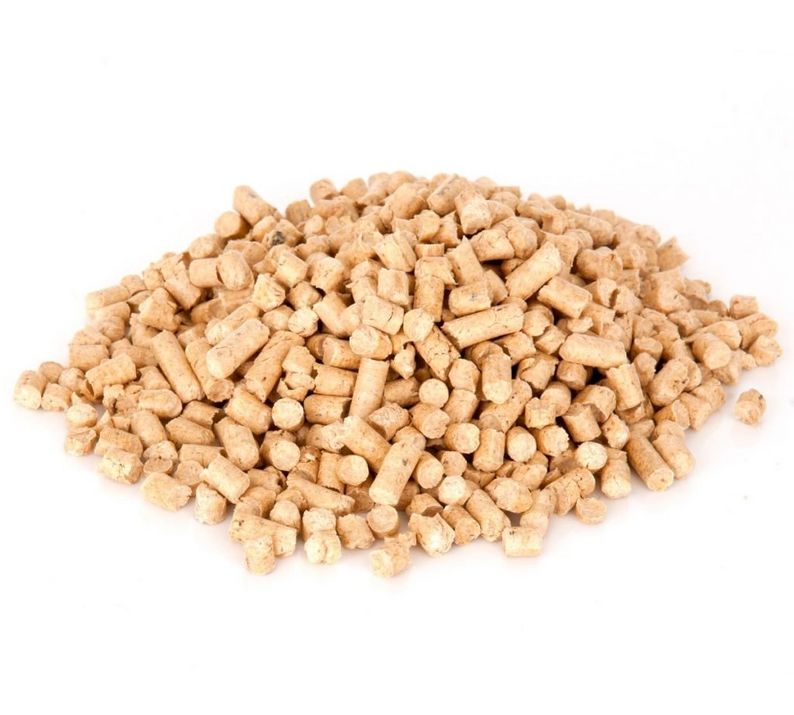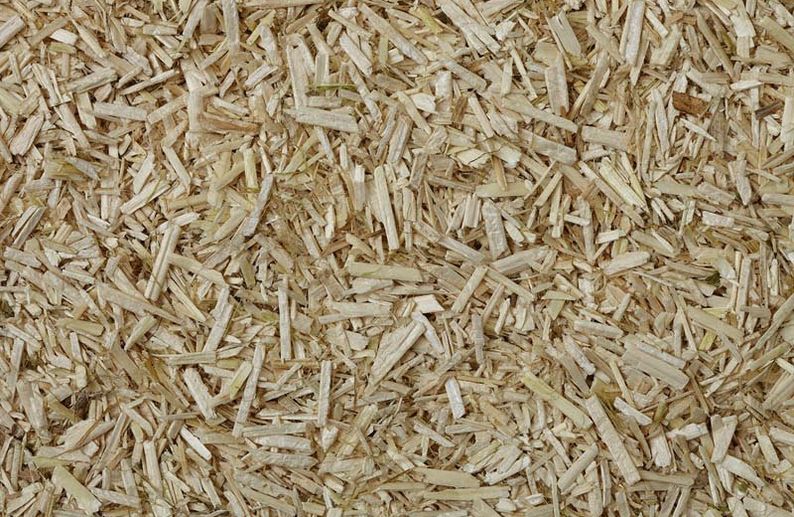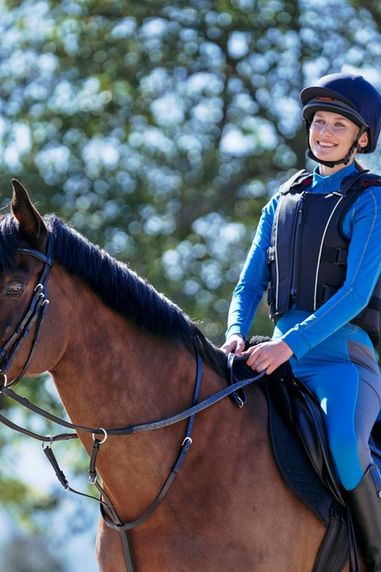
Once upon a time, picking up bedding for your horse was simple. If you were lucky, there was two choices… Shavings or straw. These days however, the options are never ending! From pellets and sawdust to shavings and chippings, it’s daunting! So, we’ve decided that enough is enough. Taking all the stress out of selection, we’ve been doing some digging to find out what, when and how to use each type. Keep reading to discover which is best suited to you and your horse.

Straw Bedding
When it comes to bedding, it doesn’t get more traditional than straw! In fact, almost all of us will have mucked out a straw bed at some point! If you're looking to make a big bed on a small budget, this might be the one for you.
Advantages: Used for centuries by horse owners all over the world, there’s no denying it has plenty of advantages. Warm, comfortable and cosy, most horses love straw beds, it even helps some to sleep better! There are three main types of straw available, wheat, barley and oat. Most often we use wheat, this is easy to get hold of and thankfully, cheap.
Disadvantages: Sadly though, it’s not for everyone! Straw can be a little rough, dusty and mouldy, causing skin reactions and respiratory irritation. It also carries an increased risk of hosting feather mites, especially concerning for those of us with hairy horses. Perhaps the largest drawback though, it’s relatively non-absorbent. While this means it doesn’t become heavy to muck out, it can result in wet, slippery floors and unpleasant odours. Straw can also be a challenge to bulk buy and store, taking up lots of space and deteriorating in quality.

Wood Shavings
Arguably the most popular type of bedding, next in the spotlight is shavings! Specially created as animal bedding, shavings use dust extracted softwood timber. Ideal if your horse is fond of nibbling straw or can be particularly wet, take a look at what you need to know...
Advantages: Is there anything more satisfying than a perfectly banked shavings bed? NOPE! Neat and tidy, shavings undeniably look the part, even when they're neatly stacked up for storage! More than just pretty though, they're practical too! Older horses and those prone to becoming cast can benefit from the additional support offered by a firmer, sturdier bed. Highly absorbent, shavings are also fantastic for wet and dirty horses, soaking up large quantities of urine to keep their stable dry.
Disadvantages: Now for the bad bits. Unfortunately, unlike sawdust which is generally a biproduct, shavings are made using virgin wood, which doesn't come cheap. As a result, shavings can be expensive, and while they come in large bales, an average stable usually requires a minimum of 4. Understandably this can make it tempting to look for the cheapest brand, be wary though. Shavings are notorious for varying in quality, so look for the best you can afford!

Wood/Straw Pellets
A new boy on the block, you might not have heard much about wooden or straw pellets, let alone used them. As the name suggests, these are made using highly compressed dried natural materials formed into small pellets. The question is, are they any good?
Advantages: While they may be made from wood or straw, they're very different to their unprocessed counterparts! During the manufacturing process a higher percentage of their natural moisture is removed. This makes them much more absorbent, capable of soaking up multiple times their own original volume. As a result, these are far more efficient and economical. This also helps them to rot quicker too, great for your muck heap.
Disadvantages: It might seem a little counter productive but pellets require watering before use! Time consuming when laying a new bed, this must be done to soften the fibres and increase the volume. The soaking process requires about 10 minutes, once this is done they can be fluffed up. While this isn't the end of the world, it's a little tedious during the winter. As we mentioned before, pellets are highly absorbent. While this might sound great, it also means they're a real workout to remove when soiled! Saving the worst until last, the initial cost... Requiring on average 6-10 bags they can be expensive. There's a silver lining though, once established most horses will only need 1 bag per week adding.

Sawdust
The elephant in the room... Sawdust! If we're honest, most of us have been told to avoid this like the plague, right? However, before you go dismissing it completely, there's a little more you should know! Take a look at how and when it can be used...
Advantages: Sawdust often gets a bad name. In days gone-by bales of sawdust were little more than leftover bits from a sawmill. This meant they were full of dangerous splinters and hidden nasties. However, this isn't always the case! Take AW Jenkinson Dry Sawdust - This contains 99% natural wood, passed through a 5mm mesh sieve to remove any large flakes and debris. Incredibly absorbent, when used correctly it makes a great under layer for soaking up urine.
Disadvantages: There's no getting away from it... After-all, it's right there in the name. Sawdust can be very dusty. Because of this, it takes a long time to settle. So, realistically, using sawdust as a standalone bedding isn't ideal. As your horse moves around they agitate the surface releasing dust which can cause coughing. Always avoid using this in enclosed, poorly ventilated spaces.

Hemp Bedding
Last but not least, let's take a look at hemp! Hemp bedding is made using the woody core of the cannabis plant. While it's possibly one of the best suited materials out there, it's pretty uncommon. Find out why!
Advantages: Starting with the benefit, as a bedding, hemp is pretty perfect for most horses. It's highly absorbent, dust free, comfortable and safe for those who suffer from allergies. Easy to store and neat, it usually comes in small covered bales. So, if it's so great, why can't you buy it everywhere?
Disadvantages: Light bulb moment? While hemp may seem like the best choice, there's a few issues. Firstly, hemp is a seasonal crop. This means it's notoriously tricky to get hold of. Not to mention, when you can find it - It's expensive. So, if you're planning to use hemp, you may need to buy it in bulk and store it long term.

Ready to create the perfect bed? You can shop our full range of bedding in-store at Rochdale, Cannock, Nantwich and Kidderminster. Don’t forget, if you make a purchase share your pictures with us in the comments or include #NaylorsSnapAndShare on your social posts for the chance to win a Naylors gift card!





